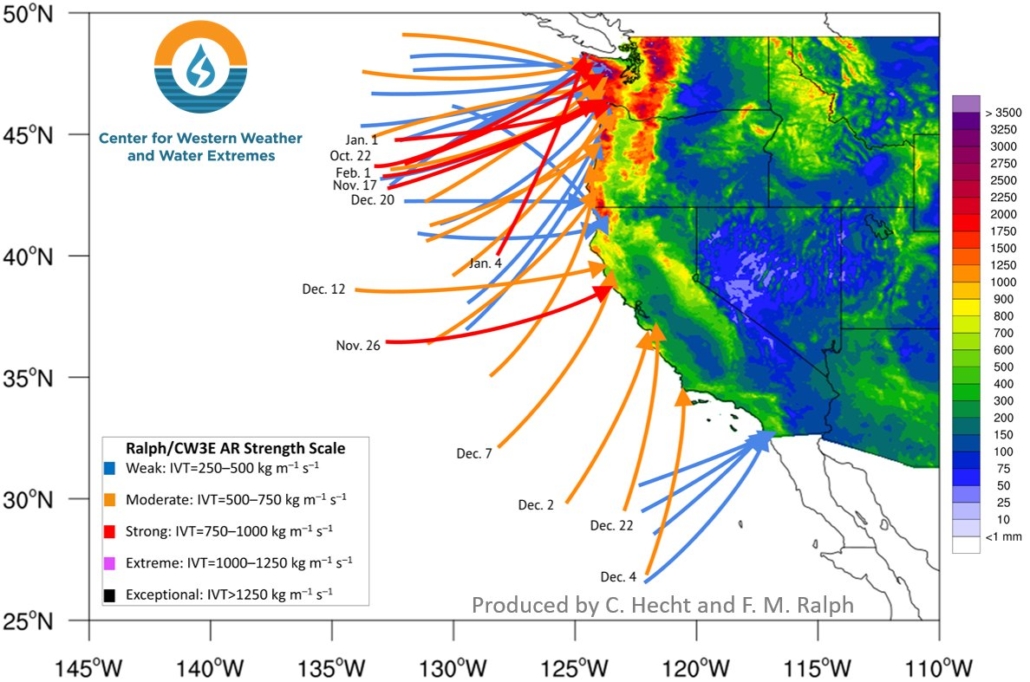UC San Diego Detects Coronavirus in Wastewater Samples From Five Areas of Campus
UC San Diego says it detected traces of the novel coronavirus in five areas of campus over the weekend after it greatly expanded its search for the pathogen in wastewater samples drawn from dozens of buildings.
The positive tests could involve as many as 14 residential halls and two laundries. But school officials also said Tuesday the findings also could represent only a small number of sites and very few infections.




